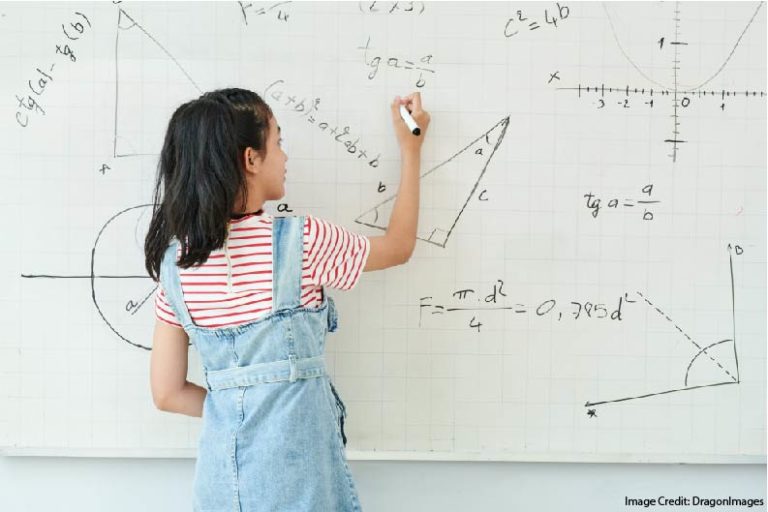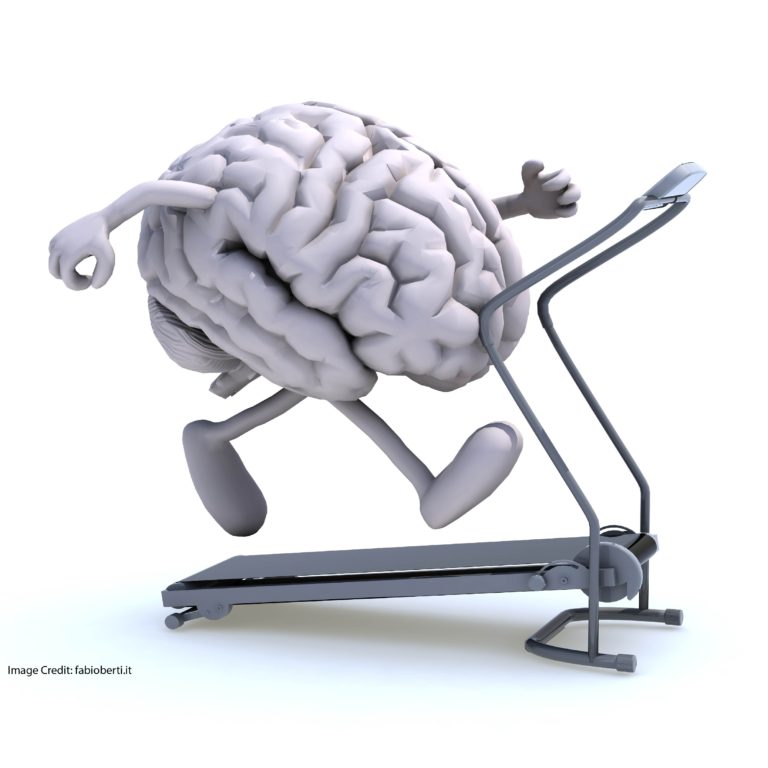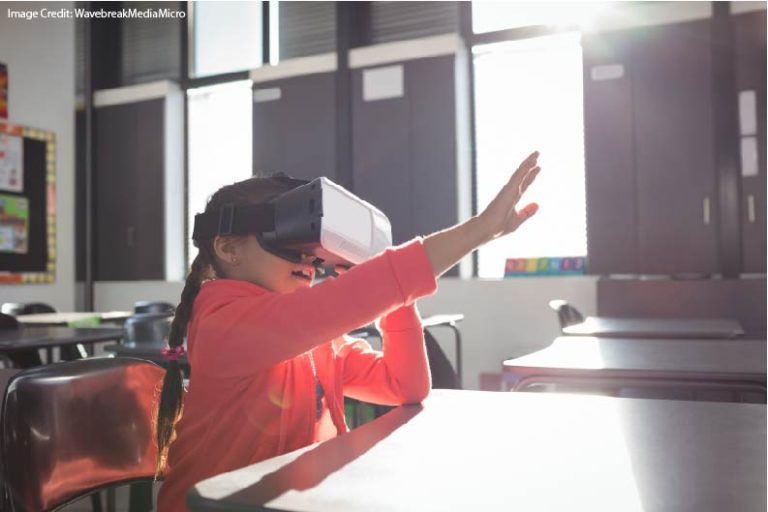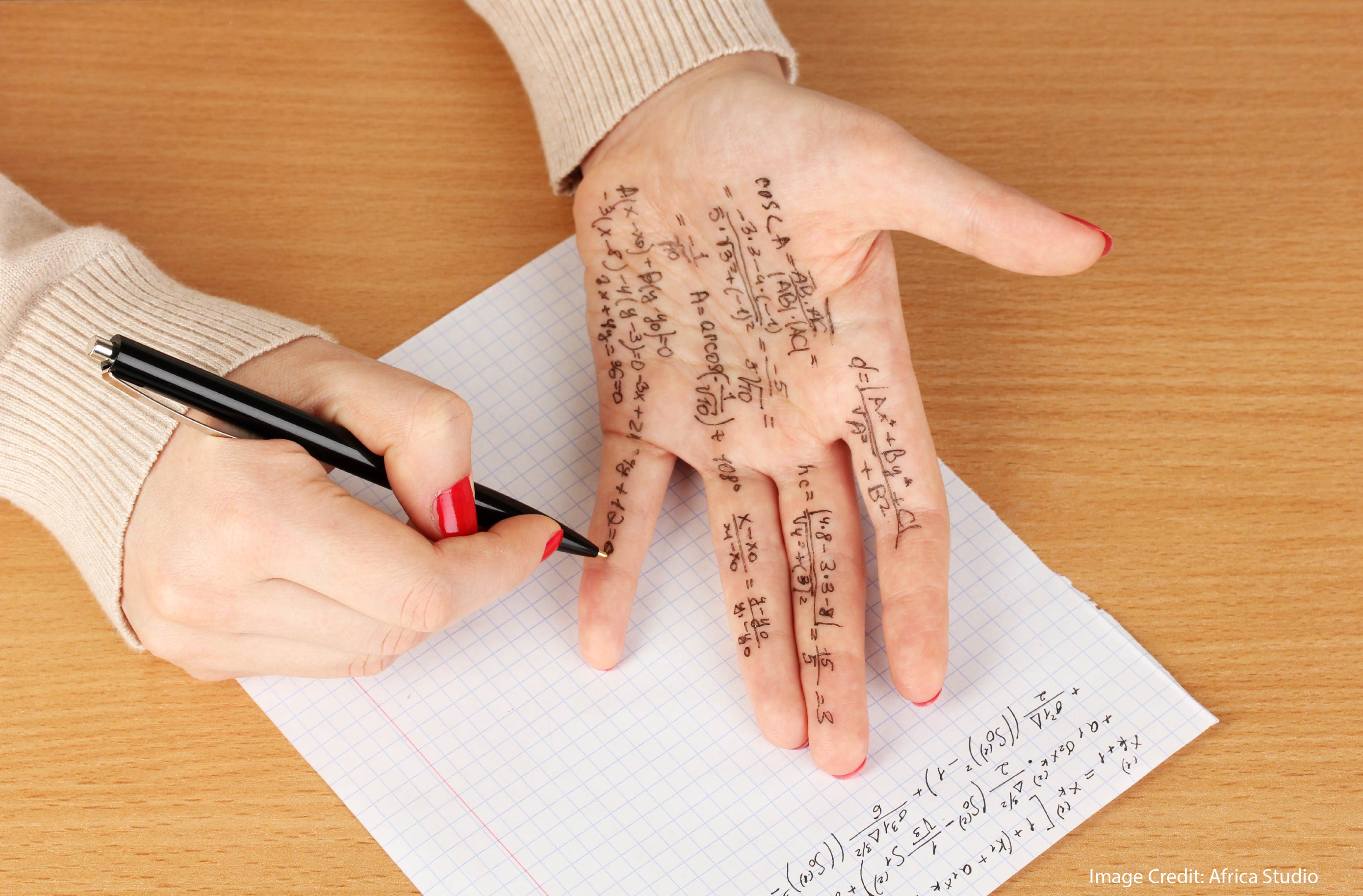Tags
ADHD adolescence attention autism book review boundary conditions classroom advice conference speakers constructivism/direct instruction creativity desirable difficulty development dual coding elementary school embodied cognition emotion evolution exercise experts and novices gender high school homework intelligence long-term memory math methodology middle school mind-wandering mindfulness Mindset motivation neuromyths neuroscience online learning parents psychology reading retrieval practice self-control skepticism sleep STEM stress technology working memoryRecent Comments
- How to Present at a Conference... |Education & Teacher Conferences on Enjoyment or Skill? The Case of Reading
- How to Present at a Conference... |Education & Teacher Conferences on Do *Goals* Motivate Students? How about *Feedback*?
- Roberta on Seriously: What Motivates Teachers to Be Funny?
- Revisiting the "Handwriting vs. Laptops" Debate: More Moving Goalposts |Education & Teacher Conferences on Handwritten Notes or Laptop Notes: A Skeptic Converted?
- The Power Of A Growth Mindset: How Students Can Overcome Challenges - Sunshine Blessings on The Rise and Fall and Rise of Growth Mindset
ABOUT THE BLOG
Tag Archives: embodied cognition

Doubting My Doubts; The Case of Gesture and Embodied Cognition
The more time I spend hearing “research-informed educational advice,” the more I worry about the enticing…

“Embodied Cognition” in Action: Using Gestures to Teach Science
Here’s a topic that has gotten lots of enthusiastic attention in recent years: embodied cognition….

Teachers’ Gestures Can Help Students Learn
Over the years, I’ve written about the importance of “embodied cognition.” In other words: we…

Does MOVEMENT Help LEARNING?
In the exaggerated stereotype of an obsessively traditional classroom, students sit perfectly silent and perfectly…

Beyond the Mouse: Pointing in Online Lectures
When teachers use gestures appropriately in online learning, students learn more. Continue reading

[A Specific] Movement Helped [Specific] Students Learn [A Specific] Thing
Research shows that movement can help kindergarteners understand the number line — an essential concept for math learning in general. We should not assume therefore that movement always benefits learning. Continue reading

Resources to Get Started with “Embodied Cognition”:
The field of embodied cognition has gotten increasing attention in recent years. The short version…

Feeling the Possibilities: Virtual Reality and Teaching
Regular readers of this blog know that I like technology, but I’m not easily wowed…

17 Ways to Fold Sheep
Here’s a mental puzzle to start off your day: Imagine you’ve got 17 sheep and…
